
Breaking down each component in detail to understand how these strategies can improve Return on Ad Spend (ROAS) and enhance overall advertising efficiency
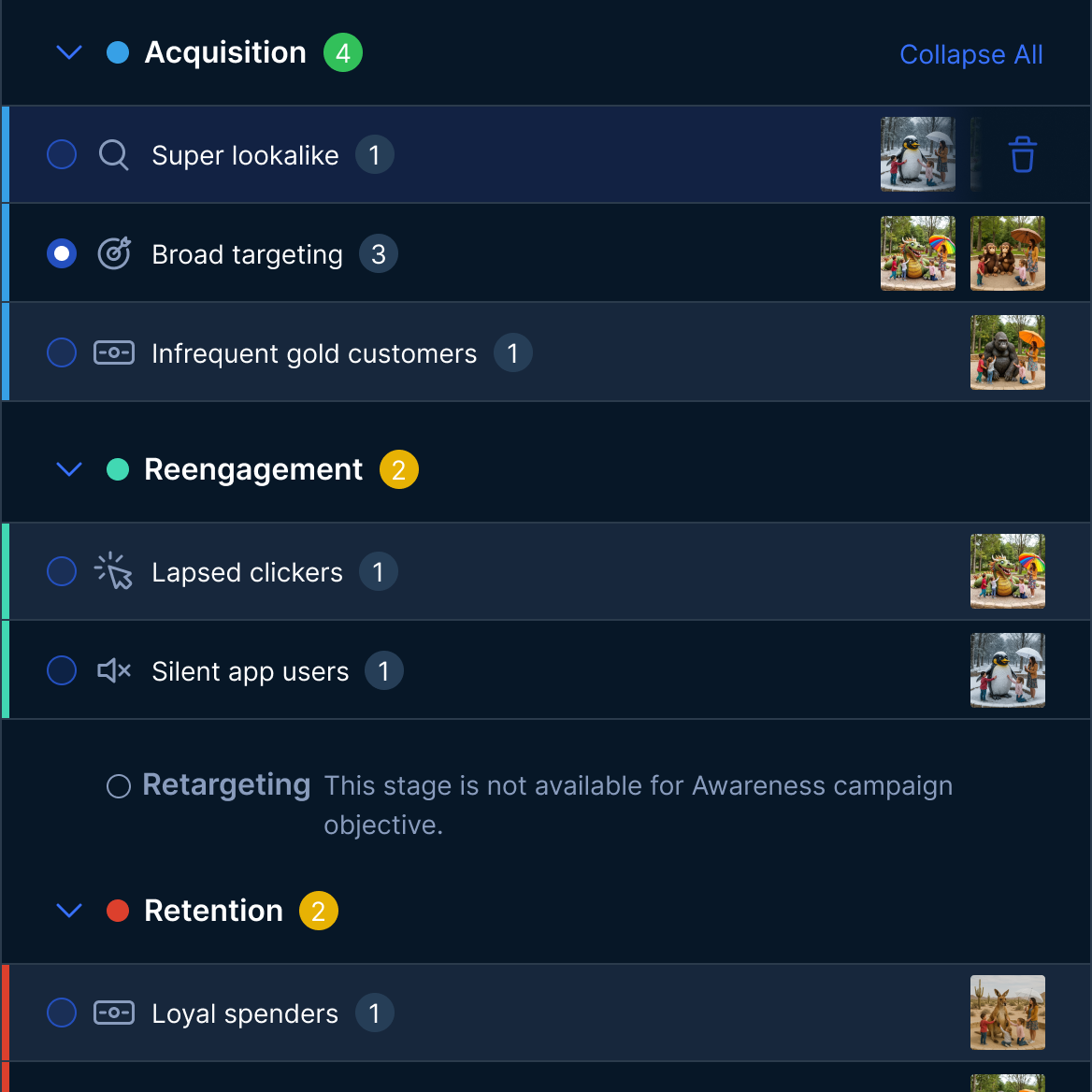
1. Serve Ads to the Right Audience at the Right TimeWhy it matters:
ROAS improves when ads are shown to users who are most likely to convert, whether that means making a purchase, signing up, or engaging with content. Poor targeting leads to wasted ad spend.
How to achieve this:
- Audience Segmentation: Use data (demographics, interests, behaviour) to divide audiences into high-intent groups.
- Behavioural & Contextual Targeting: Leverage browsing history, purchase intent signals, or real-time trends (e.g., targeting users searching for "winter coats" in November).
- Time & Location Optimisation: Run ads during peak engagement hours (e.g., lunch breaks for mobile users) or in regions with higher conversion rates.
- Retargeting: Re-engage users who visited your site but didn’t convert (e.g., cart abandoners).
Tools:
Platforms like Google Ads, Meta Ads Manager, or programmatic DSPs offer advanced targeting options.
2. Automate Ad Production and Scale Campaigns FasterWhy it matters:
Manual ad creation is slow, expensive, and limits scalability. Automation reduces human effort while maintaining quality and consistency.
How to achieve this:
- Dynamic Creative Optimisation (DCO): Automatically generate ad variations by mixing headlines, images, and CTAs based on audience preferences (e.g., showing sneakers to athletes and sandals to vacationers).
- AI-Powered Tools: Platforms like Canva, Adobe Firefly, or Creatopy use AI to resize, reformat, and generate creatives in seconds.
- Feed-Based Ads: Automatically pull product data (e.g., prices, images) from your catalogue into templates for Google Shopping or Facebook Dynamic Ads.
Result:
Launch hundreds of ad variations in minutes, test them efficiently, and allocate budget to top performers.
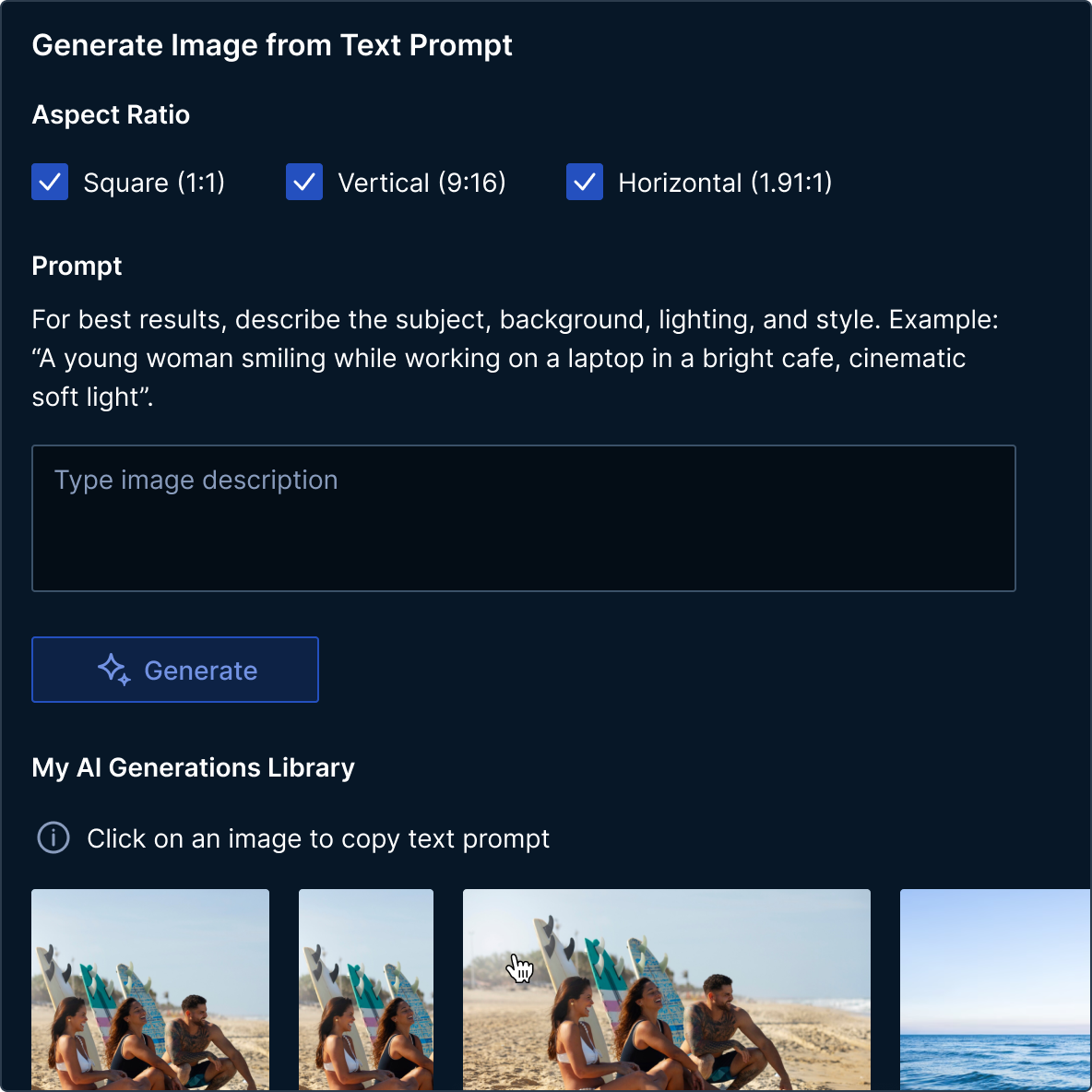
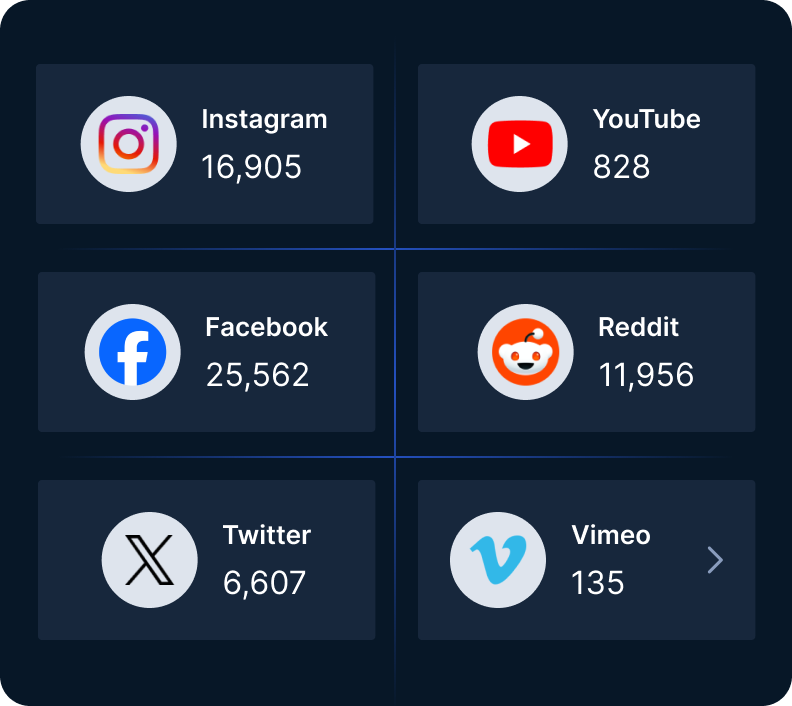
3. Build Deeper Connections Through Native Advertising Why it matters:
Native ads blend into the user experience (e.g., sponsored articles, in-feed social ads), leading to higher engagement and trust than disruptive banner ads.
How to achieve this:
- Match Content Format: Adapt ads to the platform (e.g., TikTok-style videos for Gen Z, LinkedIn articles for B2B).
- Storytelling: Use native ads to educate or entertain (e.g., "How-to" guides with subtle brand integration).
- Platforms: Leverage Taboola, Outbrain, or native placements on Instagram/Facebook.
ROAS Impact:
Higher click-through rates (CTR) and lower ad fatigue.
4. Eliminate Creative Bottlenecks Forever Why it matters:
Waiting for designers or approvals delays campaigns. Automation and templates empower teams to move quickly.
Solutions:
- Template Libraries: Pre-made, on-brand templates for quick edits.
- Collaboration Tools: Platforms like Figma or Asana streamline feedback loops.
- AI-Generated Content: Tools like Jasper or Midjourney create drafts or visuals in seconds.
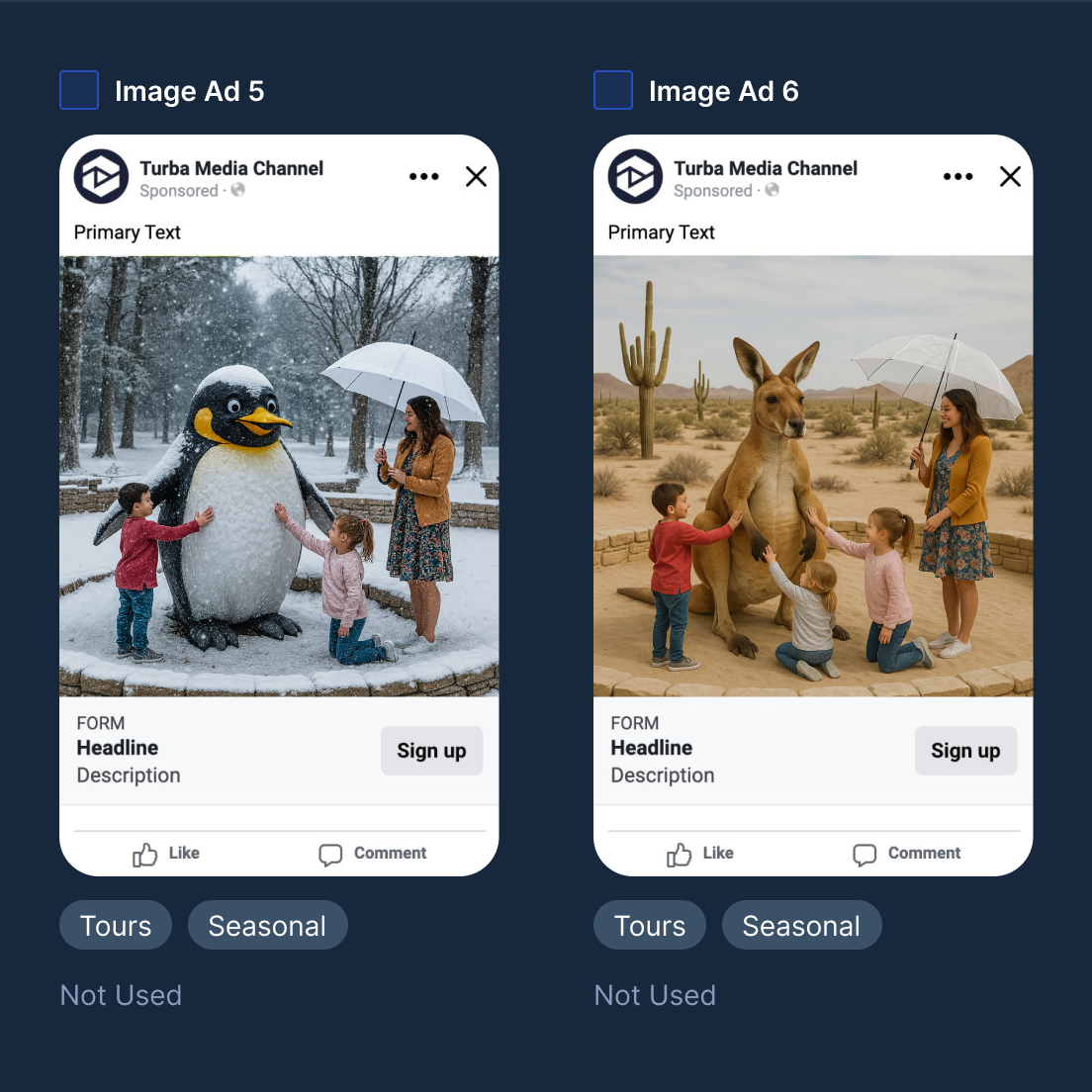
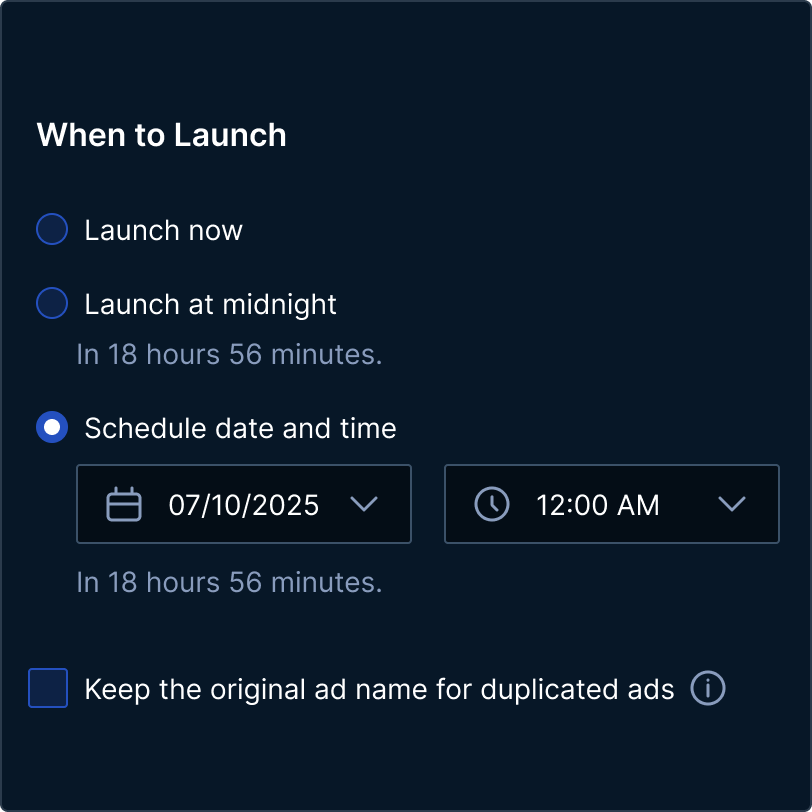
5. Launch Campaigns Faster
How it works:
- Pre-Approved Assets: Store compliant logos, fonts, and messaging for instant use.
- One-Click Publishing: Push ads to multiple platforms (Meta, Google, TikTok) simultaneously via tools like Smartly.io or HubSpot.
- Automated Rules: Set rules to pause underperforming ads or increase bids on winners without manual intervention.
Key ROAS Benefits of These Strategies
Higher Conversion Rates
Better targeting + relevant creatives = more conversions.
Lower Cost Per Acquisition (CPA)
Automation reduces wasted spend on poor audiences/ads.
Scalability
Test more ad variants, find winners, and scale them rapidly.
Agility
Adapt to trends (e.g., a viral meme) in real time with automated workflows.
Example:
A travel company uses DCO to show beach vacations to warm-weather seekers and ski deals to cold-weather audiences—all while AI generates 50 ad variants from one template. ROAS jumps by 30%.
By combining these tactics, businesses can optimise every stage of the ad funnel, from creative production to audience delivery, maximising revenue per dollar spent.
By combining these tactics, businesses can optimise every stage of the ad funnel, from creative production to audience delivery, maximising revenue per dollar spent.
Final Thought
This structured methodology ensures your audience is relevant, high-quality, and optimised for performance, whether for ads, content, or product development.
AI-Powered Marketing Platform | Unbeatable Marketing ROAS
AI-Powered Marketing Platform | Automate ad production and scale campaigns faster.
#1 Marketing Dashboard Tool | Improve Marketing Performance
Drive Revenue | Build deeper connections with your audience through the power of native advertising.
Automate Ads in Minutes | Launch Campaigns Faster
Eliminate creative bottlenecks forever. Automate ad production and scale campaigns faster.